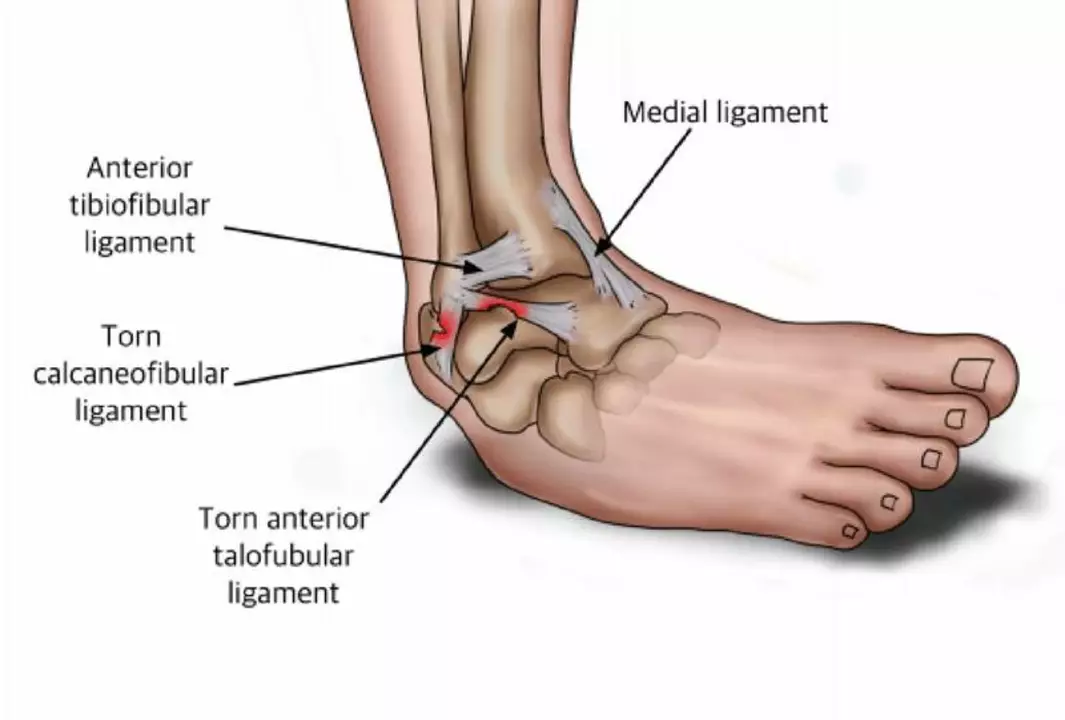Recognizing the Signs of a Chronic Injury
As someone who has experienced a sprain, I know how important it is to understand the difference between a simple sprain and a chronic injury. When a sprain doesn't heal properly, it can lead to long-term issues that may require more extensive treatment. That's why I want to share some crucial information on how to recognize the signs of a chronic injury, so you can take the necessary steps to prevent it from getting worse.
How Long is Too Long for a Sprain to Heal?
One of the first things to consider when determining if your sprain has turned into a chronic injury is the length of time it takes for the injury to heal. Generally, a sprain should start to show significant improvement within a few weeks. If you notice that your sprain is taking longer than this to heal, it could be a sign that you're dealing with a chronic issue. It's essential to consult with a healthcare professional if you're concerned about the healing process, as they can provide you with the best advice for your specific situation.
Assessing the Severity of Your Pain
Another important factor to consider is the level of pain you're experiencing. While some discomfort is normal with a sprain, chronic pain is usually more intense and may not improve with time. If you find that your pain is consistently severe or worsening, despite following your healthcare provider's recommendations for treatment and rest, it may be an indication that your sprain has turned into a chronic injury.
Difficulty in Movement and Mobility
When it comes to chronic injuries, one of the most telling signs is difficulty in movement and mobility. If you're struggling to perform everyday tasks or participate in physical activities due to your sprain, this could be a red flag that something more serious is going on. A chronic injury can cause stiffness, decreased range of motion, and even joint instability, which can significantly impact your quality of life. It's essential to pay attention to these signs and seek medical advice if you're concerned about your mobility.
Swelling and Inflammation That Won't Subside
Swelling and inflammation are common symptoms of a sprain, but they should gradually decrease as your injury heals. If you're experiencing persistent swelling and inflammation that doesn't seem to improve, this could be a sign that your sprain has turned into a chronic injury. Chronic inflammation can lead to further complications and may require additional treatment, so it's crucial to address this issue with your healthcare provider as soon as possible.
Recurring Sprains or Injuries
If you've experienced multiple sprains or injuries in the same area, this could be an indication of a chronic issue. Repeated trauma to an area can weaken the surrounding tissues, making them more susceptible to future injuries. It's essential to take preventative measures and work with a healthcare professional to address any underlying issues that may be contributing to your recurring sprains.
How to Prevent a Sprain from Becoming a Chronic Injury
Preventing a sprain from turning into a chronic injury is crucial for maintaining your overall health and well-being. Some essential tips for preventing chronic injuries include following your healthcare provider's recommendations for treatment and rest, engaging in proper stretching and strengthening exercises, and wearing appropriate footwear and supports when participating in physical activities. By taking these steps, you can minimize the risk of your sprain turning into a long-term issue and regain your mobility and quality of life.


I had a sprained ankle that just wouldn't quit. Thought it was just being stubborn, but turns out the ligaments were fraying. Physical therapy saved me. Don't ignore persistent swelling - your body's screaming for help.
Start with RICE, yes, but also get an MRI if it's been over 6 weeks. No shame in it. I waited too long and ended up with chronic instability. Now I do daily ankle circles and wear a brace on hikes. Worth it.